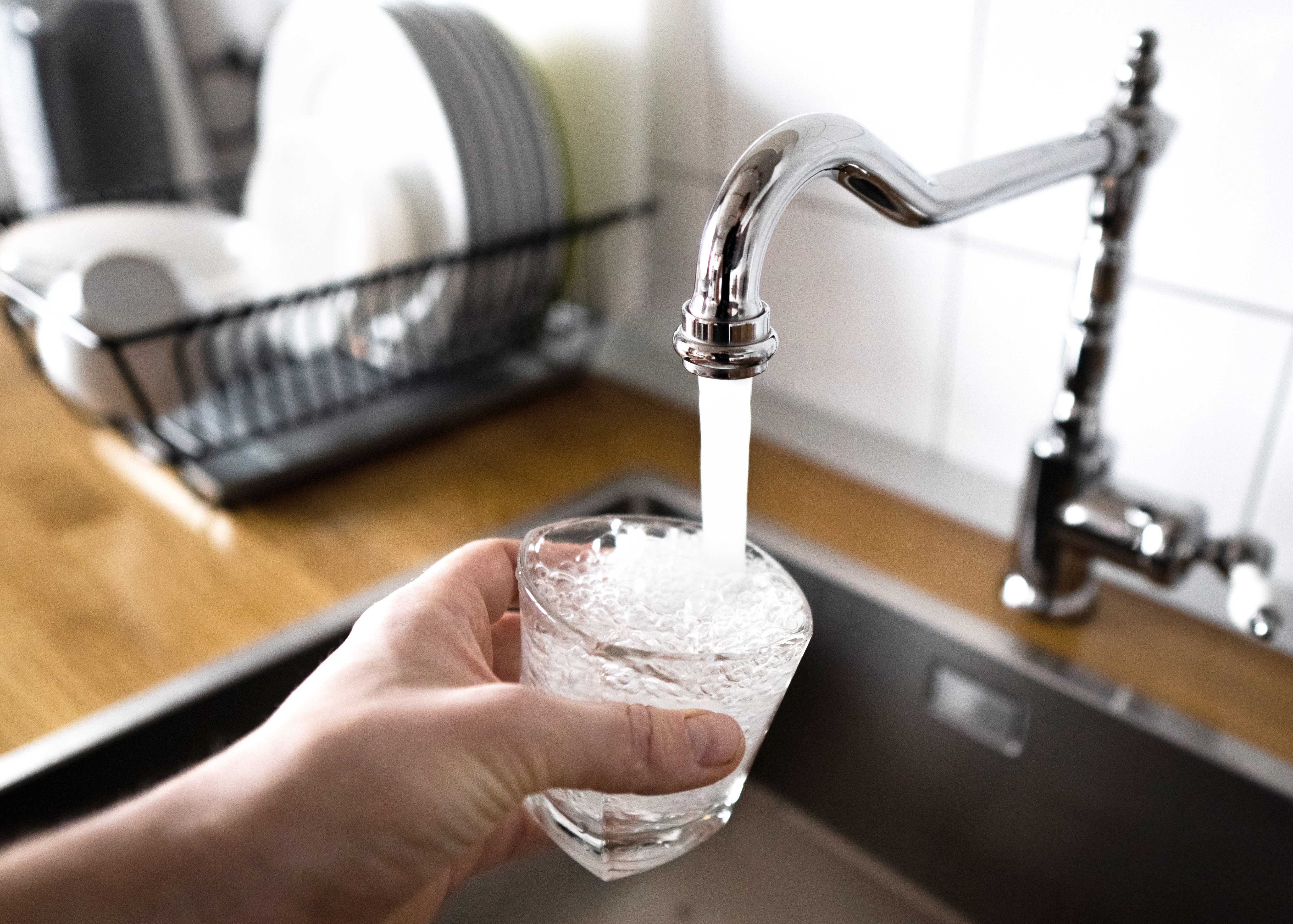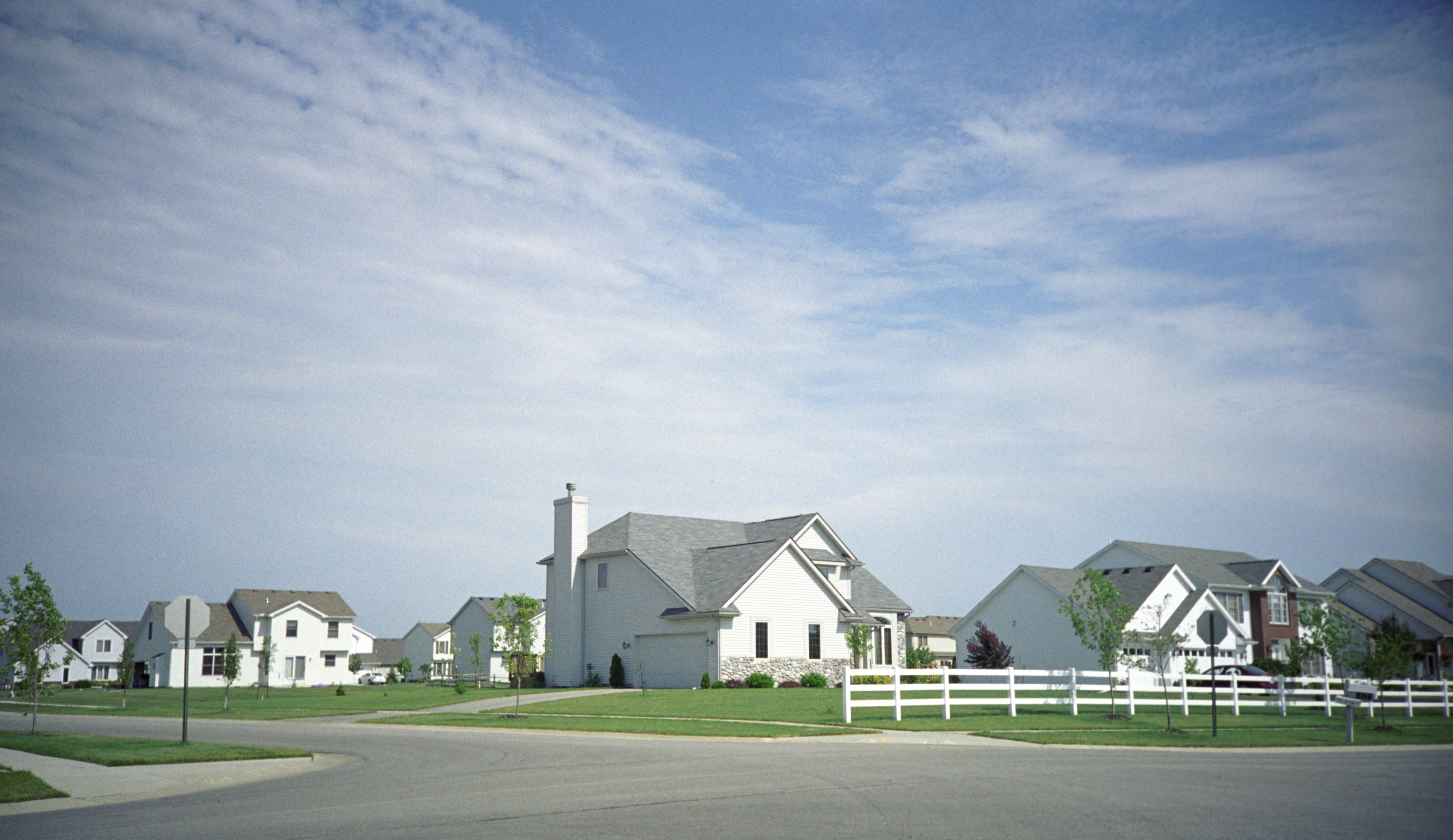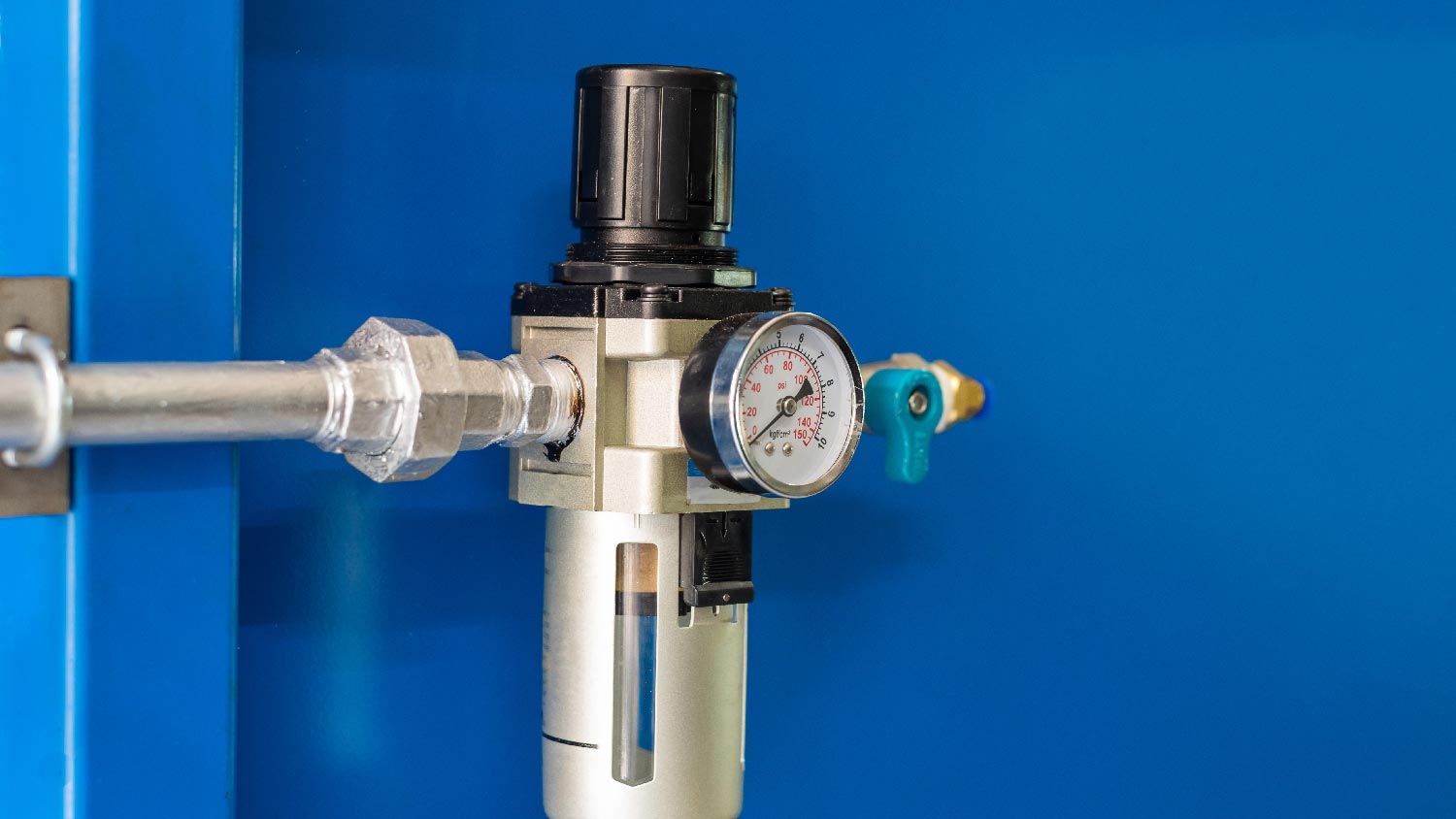
Learn about main water line repair costs in Columbus and what affects pricing to be prepared before you start getting estimates.
You can’t fry an egg in this pan


A shower pan forms the bottom of the shower and protects the bathroom floor from overflow.
Shower pans come in different shapes and sizes to fit various shower styles.
A shower base is a separate piece and the substructure that sits underneath the pan.
Whether you’re in the market for a new shower or want to get to know the construction of your current shower a little better, it's time to better understand what a shower pan is. We’re here to give you all the details, so you can head into shower hunting with confidence or feel a little more comfortable knowing what you’re stepping into when it’s shower time.
A shower pan is the insert on the bottom of the shower that contains the drain—in other words, it’s the floor of the shower. It also has sidewalls and a threshold to keep the water contained while the shower is running.
Shower pans are slightly sloped toward the drain to encourage proper drainage and prevent overflow. They come in several materials that fit different budgets and shower and bathroom designs. A local shower installer can help you choose the best material for your bathroom.

Shower pans are made of acrylic or fiberglass, which are lightweight and waterproof. They also come in several shower pan sizes and shapes that allow for easy integration with a range of shower styles. Here are some standard sizes, but they’re available in other sizes as well.
Square shower pans have equal length and width.
Rectangular shower pans have one longer side and one shorter side.
Corner shower pans are shaped like a fan and have two equal sides that meet in the corner with a rounded front.
Neo angle shower pans have a pentagon shape with two equal sides that meet in the corner and two angled sides that meet the straight front. These pans are measured by the two equal sides.
| Type of Shower | Standard Shower Pan Size (Inches) |
|---|---|
| Square | 30x30 or 42x42 |
| Rectangular | 42x32 or 60x30 |
| Corner | 32x32 or 36x36 |
| Neo angle | 36x36 or 42x42 |

The terms shower pan and shower base are often used interchangeably, but there is a difference between the two. A shower pan is what your feet stand on when you step into a shower, but the shower base is just as important. The shower base is underneath the shower pan and is made from cement mortar to protect the subfloor from leaks.
The shower base also provides a firm base when the shower pan is installed and the mortar is still slightly wet, allowing it to conform to the sloped shape of the shower pan.
From average costs to expert advice, get all the answers you need to get your job done.

Learn about main water line repair costs in Columbus and what affects pricing to be prepared before you start getting estimates.

Discover the leading factors affecting your main water line replacement cost in Columbus, including length, material selection, and installation details.

Learn how much plumbers cost in Columbus, Ohio. Discover pricing for faucet repairs, pipe work, and emergency services, plus how you can save money.

Fixing a leaky faucet starts with knowing which type of faucet you have. Follow these steps to learn how to fix a leaky faucet in no time.

Find out the average water pressure regulator replacement cost, key price factors, and tips to save on your project. Get transparent, expert-backed cost info.

There are a few plumbing terms that everyone needs to know. Using this informative guide, you’ll learn plumbing terms like flapper and shut-off valve to help you tackle both emergencies and everyday annoyances.